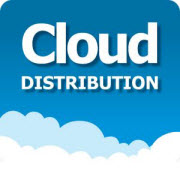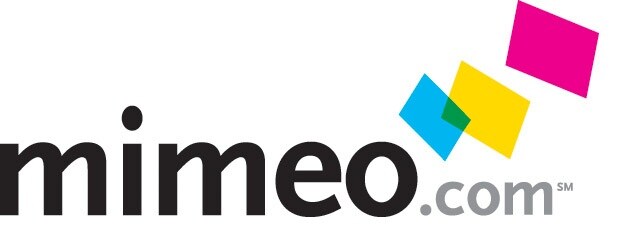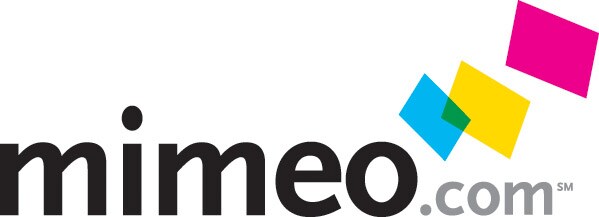Layer 7 application visibility - demystifying multi-use and BYOD networks
As the explosion of devices and applications has changed network usage patterns, Ethernet switches have failed to offer administrators visibility beyond basic host and port information. Meraki, who pioneered application visibility in wireless LANs, is ushering in a new generation of switches with rich, fine-grained layer 7 visibility into the applications, users, and devices. For example, a quick search in the Meraki dashboard reveals how iPad utilization compares to Android tablets, which port the CEO’s phone is connected to, and how much bandwidth is being consumed by video.Meraki’s layer 7 application visibility comes to the entire line of MS series switches via a firmware update, and requires no additional appliances or management software. Moreover, Meraki’s switches analyze traffic while maintaining full non-blocking gigabit performance (up to 176 Gbps per switch), and ultra-low latency for voice quality.
Meraki’s award-winning cloud-based management dashboard provides near real-time usage information as well as historical reports. Continuous updates of application and device signatures from the cloud enables the MS to classify new devices and applications as they emerge on enterprise networks. Utilizing Meraki’s Virtual Stacking technology, administrators can identify and locate individual users and devices with a simple search from the Meraki dashboard, no matter which switch the device is connected to.
New security and management features
This upgrade also brings a host of new security and management features, including intuitive 802.1x configuration, cloud-based packet capture, and finer grained alerts.“Administrators now have an unrivalled view into switch performance,” said AJ Goldman, Meraki’s Chief Evangelist. “Only Meraki’s architecture allows features like traffic analysis to be added and we’re thrilled to bring this this to all our customers.”
Available at no cost via seamless over-the-air upgrade
This upgrade is compatible with all Meraki MS cloud-managed switches, and is available at no cost for all Meraki enterprise customers. Customers will be receiving upgrade availability notifications over the coming weeks and may contact Meraki support to have their network upgraded immediately.
About Meraki
Meraki is the recognized leader in Cloud Managed Networking. 100% cloud-based from day one, Meraki’s architecture delivers out-of-the-box security, scalability, and management to enterprise networks. Meraki is trusted in over 20,000 customer networks worldwide, including Stanford University, British Telecom, Sony/ATV Music, Starbucks, and M.I.T. Meraki is headquartered in San Francisco, California, and is funded in part by Sequoia Capital and Google. For more information, visithttp://www.meraki.com.



